April 15, 2025 | 23:51 GMT +7
April 15, 2025 | 23:51 GMT +7
Hotline: 0913.378.918
April 15, 2025 | 23:51 GMT +7
Hotline: 0913.378.918
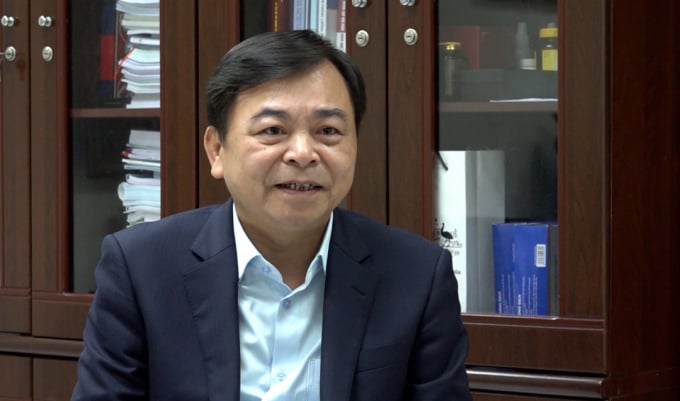
Deputy Minister of Agriculture and Rural Development Nguyen Hoang Hiep discussed with Vietnam Agriculture Newspaper the implementation of the WB8 project. Photo: Quang Dung.
Currently, the safety of dams and reservoirs in Vietnam is a huge problem. The National Assembly held a meeting to discuss and issue a separate resolution on this issue. The whole country has about 1,200 damaged, unsafe dams that need to be repaired, of which 200 need urgent repair.
The Dam Rehabilitation and Safety Improvement Project funding from the World Bank ('WB8 project') with the support of the World Bank has made an essential contribution to the safety of dams and water storage lakes in Vietnam.
According to Deputy Minister of Agriculture and Rural Development Nguyen Hoang Hiep, up to this point, Vietnam has achieved the initial goal of the WB8 project to repair, upgrade and ensure the safety of 450 reservoirs. But the Ministry of Agriculture and Rural Development has set a new goal of restoring more than 500 reservoirs in total.
“During the implementation of the project, there were many difficulties. Firstly, this is a large project, spreading over many provinces, while the number of lakes needing repair and upgrading is large. Therefore, the survey and consulting work take a lot of time. In addition, in the first stage, the coordination between the units had specific problems.
Second, during the implementation of the WB8 project, many problems arose. Dam reservoir repair is more complicated than new construction. Because this project uses ODA capital, the procedure is also very complex. Fortunately, the World Bank has absorbed and has synchronous solutions with the Ministry of Agriculture and Rural Development to solve problems fastest”, Deputy Minister Nguyen Hoang Hiep said.
Currently, the remaining project implementation budget is about US$ 50 million. Therefore, Vietnam is asking the World Bank for approval to use this money to continue repairing 100 more damaged and degraded reservoirs.
In fact, many localities implement projects quickly, but some localities implement later than scheduled. This delay has many reasons, both objective and subjective. The objective reason is that some localities changed the Project Management Board.
A typical cause, however, is poor counseling. Therefore the project has to change too many times. In addition, in some places, the work of site clearance and handover for construction is slow, affecting the construction progress of the project. For ODA projects like WB8, the World Bank requires the project to be implemented only when there is spotless ground.
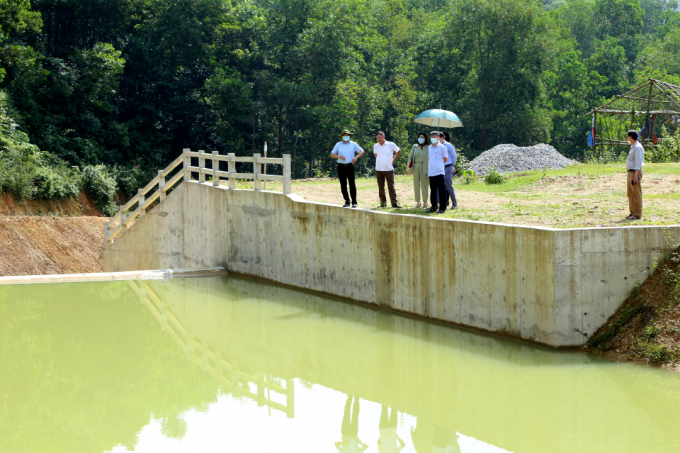
The delegation of the General Department of Irrigation and leaders of the Department of Agriculture and Rural Development of Hoa Binh province inspected the construction site to repair, upgrade and ensure the safety of Dong Ben lake in Ky Son district. Photo: Minh Phuc.
Currently, two provinces have not completed the project progress. Therefore, the Ministry of Agriculture and Rural Development has directed the Central Management Board of Irrigation Projects and the WB8 Project Management Board to solve problems. The goal is that by December 31, 2021, all procedures for the remaining projects must be completed, and by June 2022, Vietnam can close the first phase 1 of the project. After June 2022, the Ministry of Agriculture and Rural Development will continue to discuss the continuation of the second phase of the WB8 project with the World Bank.
Deputy Minister Nguyen Hoang Hiep emphasized that consulting work is critical with any project. If the consultation is not standard, it will be involved in all subsequent steps of the project. Moreover, if the contractor's construction quality is good, the project progress will be guaranteed.
New construction is often easier than repair because repair requires a proper assessment of the current state to see what needs to be upgraded, how to upgrade. In addition to professional work, the consulting unit needs to know the specifics of each project to come up with an appropriate repair plan.
To ensure water security, the Ministry of Agriculture and Rural Development has determined that in the medium term in the next ten years, it will invest about VND 200,000 billion. Of which the 2021-2025 period is about VND 80,000 billion and the 2026-2030 period is VND 120,000 billion, which is the significant investment capital. However, that number is still not enough because we have to do too much work to ensure water security.
Currently, the ODA capital mechanism and operating method have changed. However, it is still an essential resource. At this time, three projects are using ODA capital that the Ministry of Agriculture and Rural Development has signed with donors and the Prime Minister has approved in terms of guidelines, including one project on ensuring dam safety, water reservoirs; one ODA project on providing dikes and dams, preventing riverbank erosion and coastal erosion nationwide and one ODA project on infrastructure development in the Mekong Delta, focusing on irrigation infrastructure.
In addition, there is one ODA project on saving advanced irrigation and clean water and rural environmental sanitation with a total capital of approximately US$ 1 billion.
According to Deputy Minister Nguyen Hoang Hiep, this is a great resource for the next five years so that Vietnam can focus on ODA capital for the country's sustainable development.
Translated by Ha Phuc
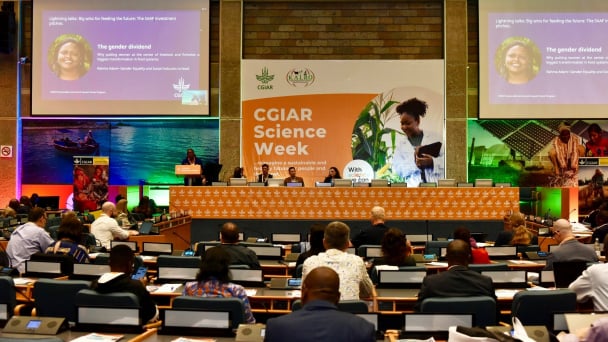
(VAN) The CGIAR’s Sustainable Animal and Aquatic Foods (SAAF) program represents a new approach that emphasizes the transformation of food systems toward sustainability.
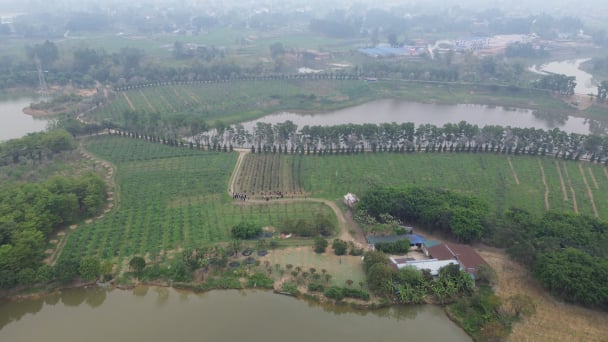
(VAN) Scientists assume that industrial agriculture has been 'outdated.' As a result, a comprehensive overhaul or a revolution in the direction of embracing ecological agriculture is needed.
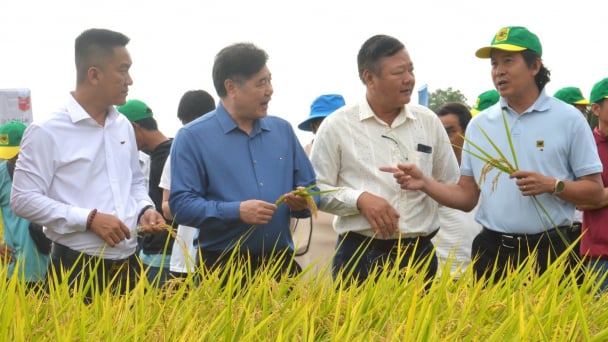
(VAN) The results from pilot fields are catalyzing the expansion of the One million hectares of high-quality, low-emission rice project in Kien Giang.
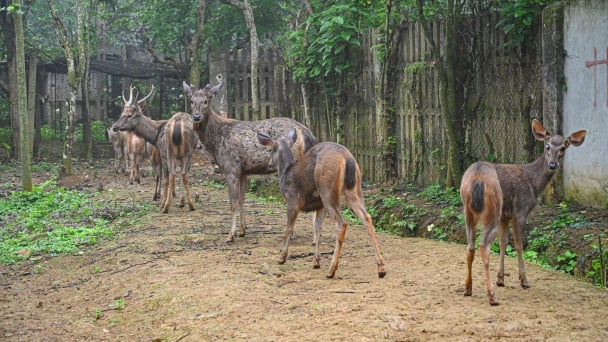
(VAN) On the morning of April 11, Cuc Phuong National Park received 18 individuals of endangered and rare wild animals from Da Nang city.
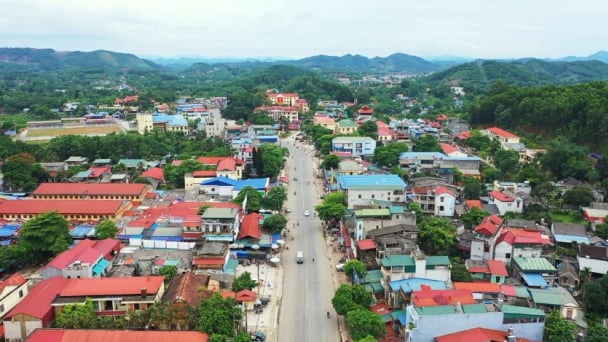
(VAN) FAO supports Vietnam in enhancing survey sampling techniques for the 2025 nationwide agricultural and rural census.
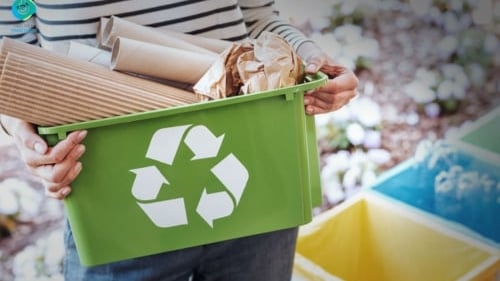
(VAN) By participating in the green transition, manufacturers become an indispensable part of the circular economy, contributing to resource optimization and environmental protection.
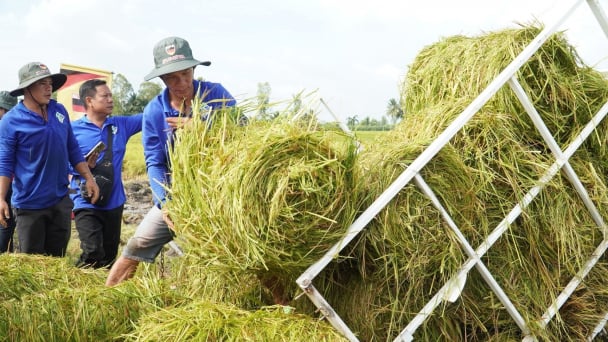
(VAN) The One Million Hectares of High-Quality and Low-Emission Rice Program can generate nearly 14 million tons of straw annually, posing an urgent requirement to diversify straw-based products.